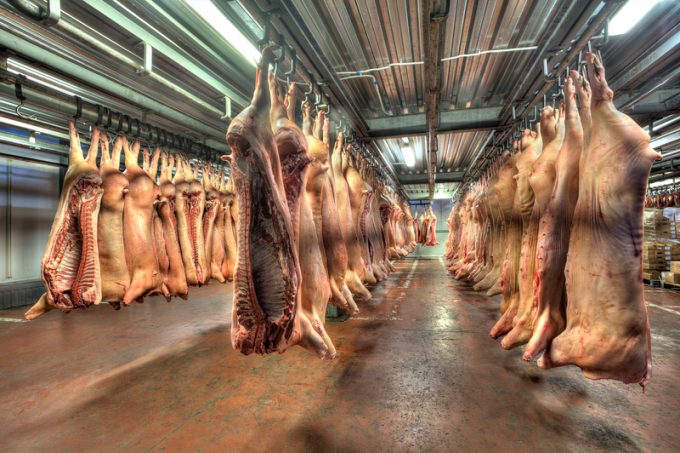Cargo chief quits WestJet as freighter operations cease
WestJet Cargo is losing both its freighters and its head of cargo, after its freight ...

China appears to be on the verge of a ’tsunami’ of perishable imports.
On 1 January, Beijing implemented temporary tariff reductions on more than 850 products in an effort to fuel imports after a domestic shortage of some goods and demand for foreign speciality goods for everyday consumption.
However, even more imports will be triggered by the China-US phase one trade agreement, due to be signed on 15 January.
The January tariff changes cover a broad range of products, from frozen pork to ...
'Disastrous' DSV-Schenker merger would 'disrupt European haulage market'
New senior management for DSV as it readies for DB Schenker takeover
Volumes set to 'fall off a cliff' as US firms hit the brakes on sourcing and bookings
Asian exporters scramble for ships and boxes to beat 90-day tariff pause
Amazon pushes into LTL for small package fulfilment and UPS does a u-turn
Temporary tariff relief brings on early transpacific peak season
Pre-tariff rush of goods from US to China sees air rates soar, but not for long
'Tariff madness' will prompt renegotiation of ocean shipping contracts

Comment on this article